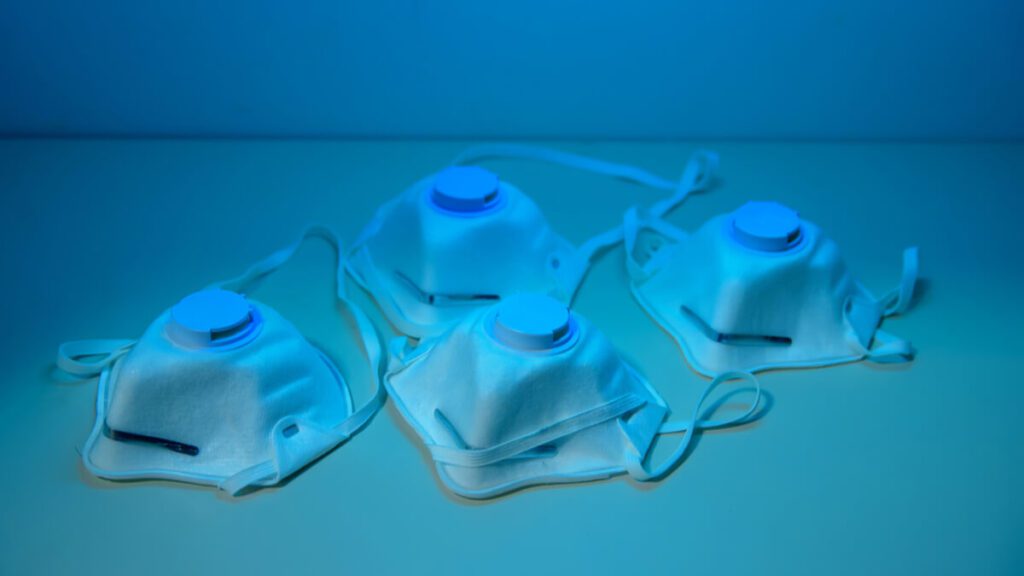
Recent research conducted by researchers from Queen Mary University of London and Leeds Beckett University suggests that UV light technology can be used to neutralize COVID-19 particles traveling through the air. This kind of UV light called ‘Upper room UVGI’ (UV Germicidal Irradiation) could then be used to curb the spread of the virus.
Although we know that UVC light can be harmful to humans, upper room UVGI works through UV light technology by creating an irradiation field above people’s heads where it inactivates COVID-19 particles in the room’s atmosphere – while people remain untouched.
The research published in the journal PeerJ details that the technology has already been used against airborne diseases such as measles and tuberculosis within buildings. By analyzing the historical data around it, the researchers concluded that using UVGI technology could be used to do the same for COVID-19.
“Now we know that COVID-19 infection can occur from airborne exposure to the virus, finding ways to minimise the risk of transmission, particularly in buildings is becoming increasingly important”, said Professor Clive Beggs, Emeritus Professor of Applied Physiology at Leeds Beckett University, “Whilst we know wearing masks and opening windows are effective ways to minimise the spread of Covid-19 indoors, these measures aren’t always practical, especially in winter.”
The research underlines the feasibility of using the technology in crowded areas where space is limited like hospital hallways or in places like cafes and restaurants, or in areas of poor ventilation. In addition to respecting traditional social safety measures, the high UV light technology can help minimize the number of transmissions that can occur.
“Now it becomes more of an engineering problem of how we can use this technique to prevent the spread in buildings”, said Dr Eldad Avital, Reader in Computational Fluids and Acoustics at Queen Mary. “This is where computational fluid dynamics becomes important as it can start to address questions around how many UVGI lights are needed and where they should be used. One thing we know is particularly important for these systems is air movement, so for them to work effectively in poorly ventilated spaces, you might need to use ceiling fans or other devices to ensure that larger aerosol particles are adequately irradiated.”